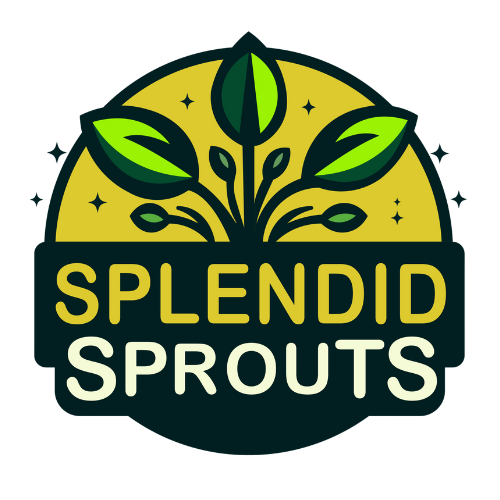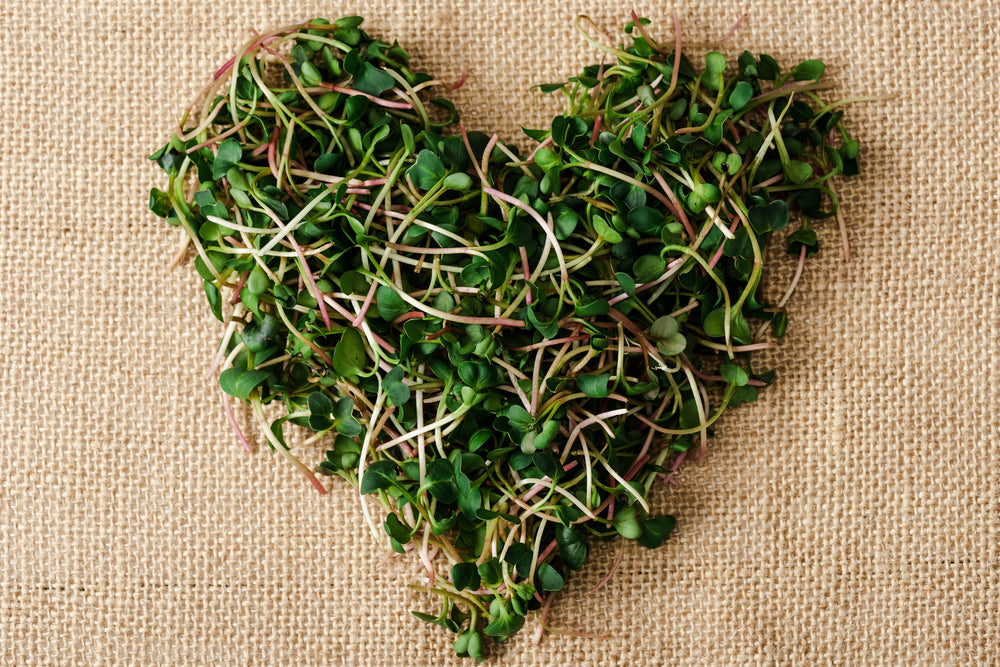Why how we farm matters
How food is grown and packaged affects your health and the planet. At Splendid Sprouts, we’re committed to sustainable farming practices that prioritize both. Our microgreens are grown in a clean, controlled environment and packaged in reusable glass jars, ensuring the highest quality while helping reduce waste and eliminate plastic from our packaging process.


The journey of plastic: from store to ocean
-
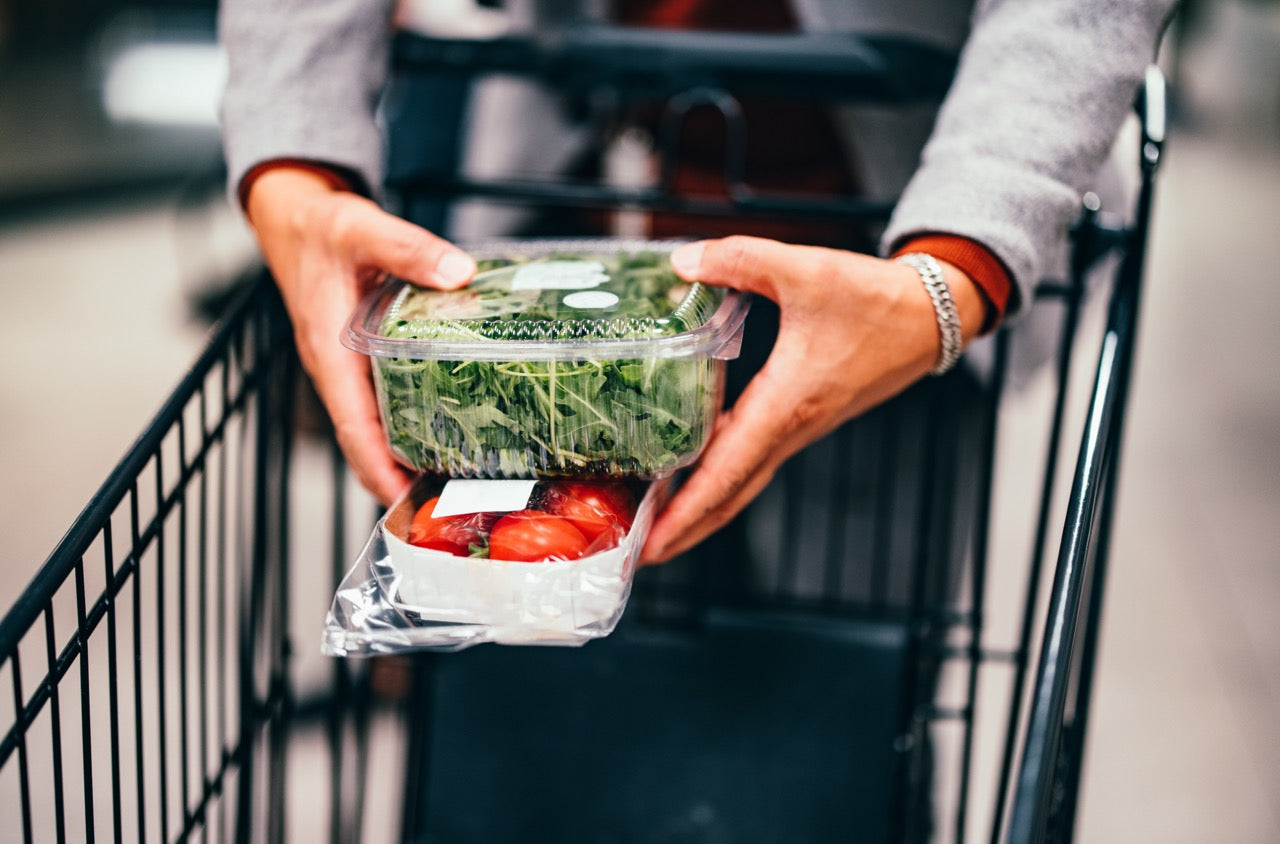
1. Plastic is everywhere
Most products we buy come wrapped in plastic, a cheap and convenient choice.
-
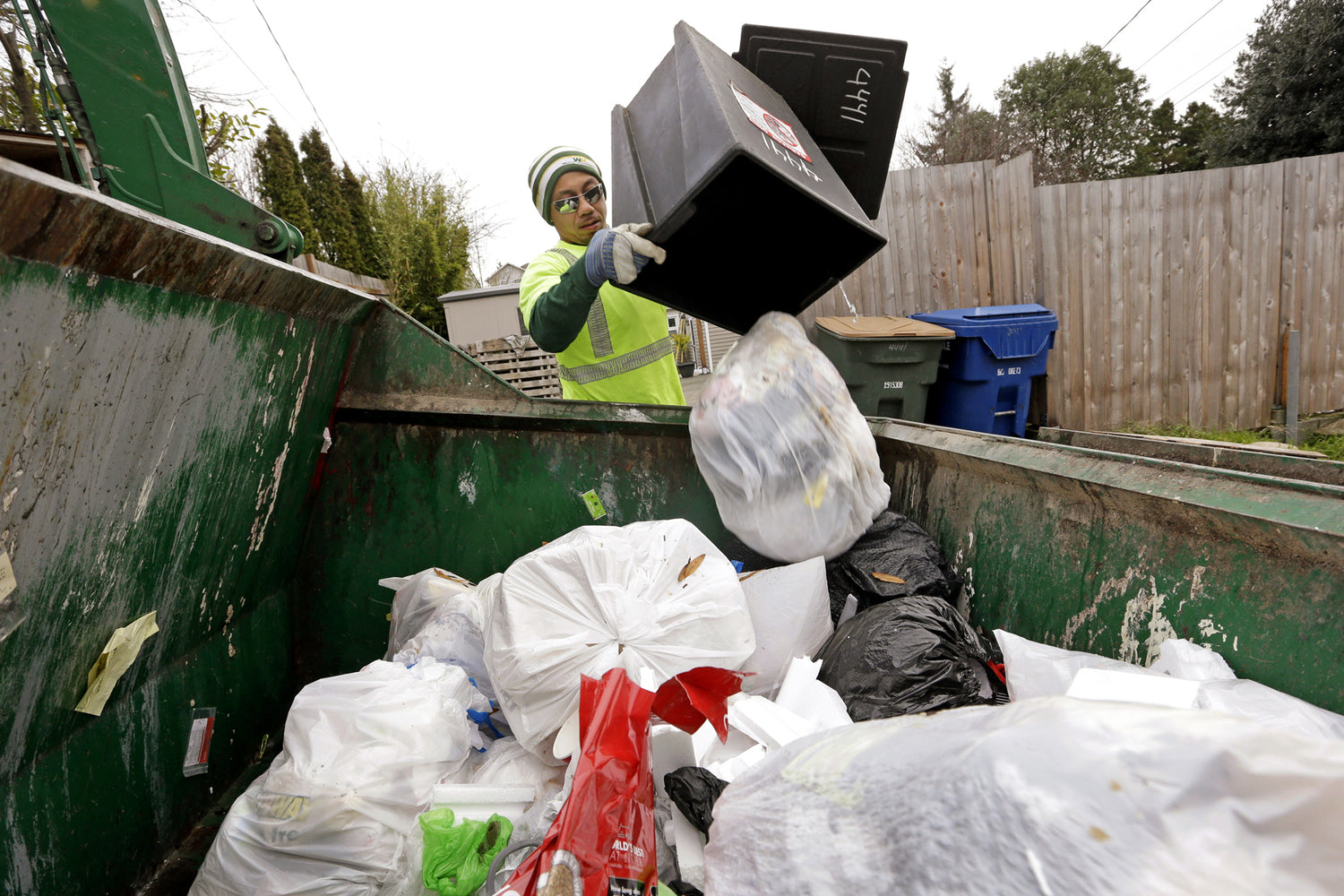
2. Thrown away and collected
After use, plastic is tossed in the trash and taken to landfills by garbage trucks.
-
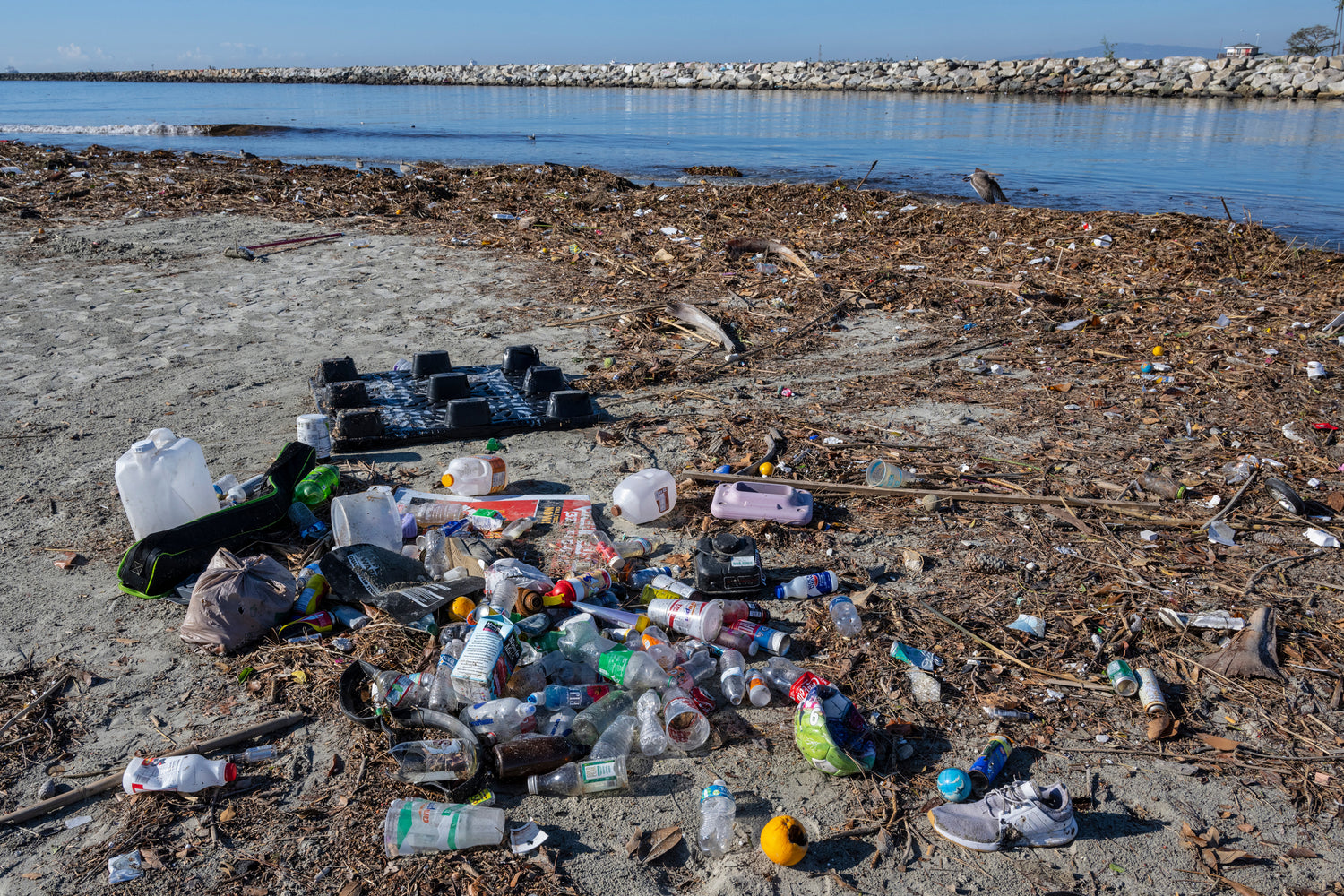
3. Pollutes land and water
Not all plastic stays in landfills. Wind and rain carry it into fields, parks, and
waterways. Some remains on land, polluting soil, harming wildlife, and leaching toxic chemicals into the environment. Other plastics travel through rivers and streams, eventually reaching the ocean. -

4. Breaks down into microplastics
Whether on land or in the ocean, plastic doesn’t decompose. It breaks into tiny
pieces called microplastics, which contaminate soil, water, and marine life. -
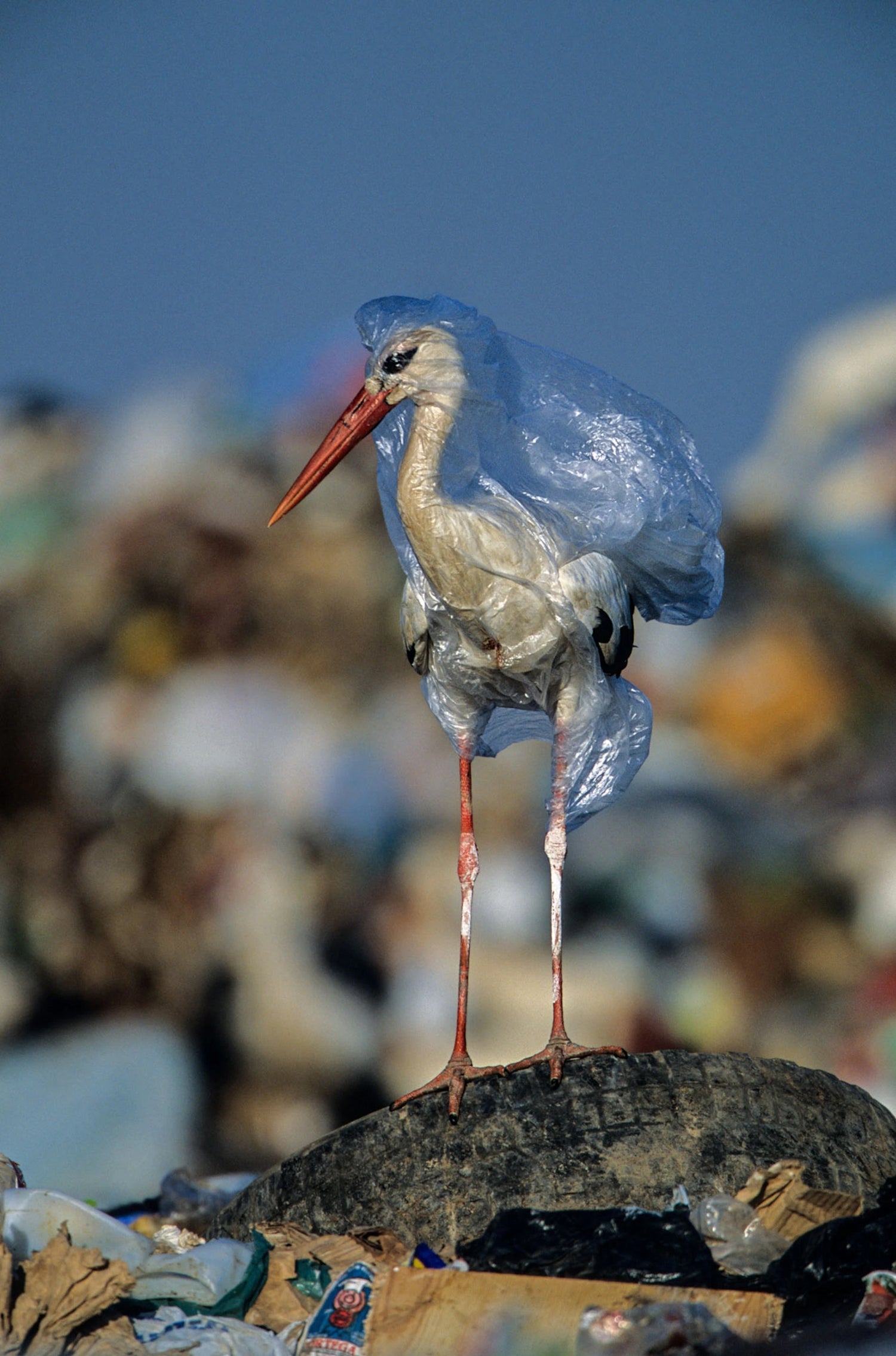
5. Wildlife pays the price
Animals mistake plastic for food or get trapped in it, causing injury or death. The
plastic they consume builds up in the food chain and eventually makes its way to
our plates and into our bodies.
Simple meaningful choices can protect your health and the planet, and we’re here to help you make them
Awareness is the first step to action
Understanding the problem is the first step. Here’s how you can take action today:
-
Choose reusable materials
Opt for food packaged in reusable materials like glass jars.
-
Join the reuse movement
Return jars through our Rewards Program to reduce waste and earn points.
-
Support sustainable farming
Choose foods grown without harmful chemicals or wasteful practices.
-
Share the message
Spread awareness about plastic pollution and sustainable farming to inspire others to make better choices.
